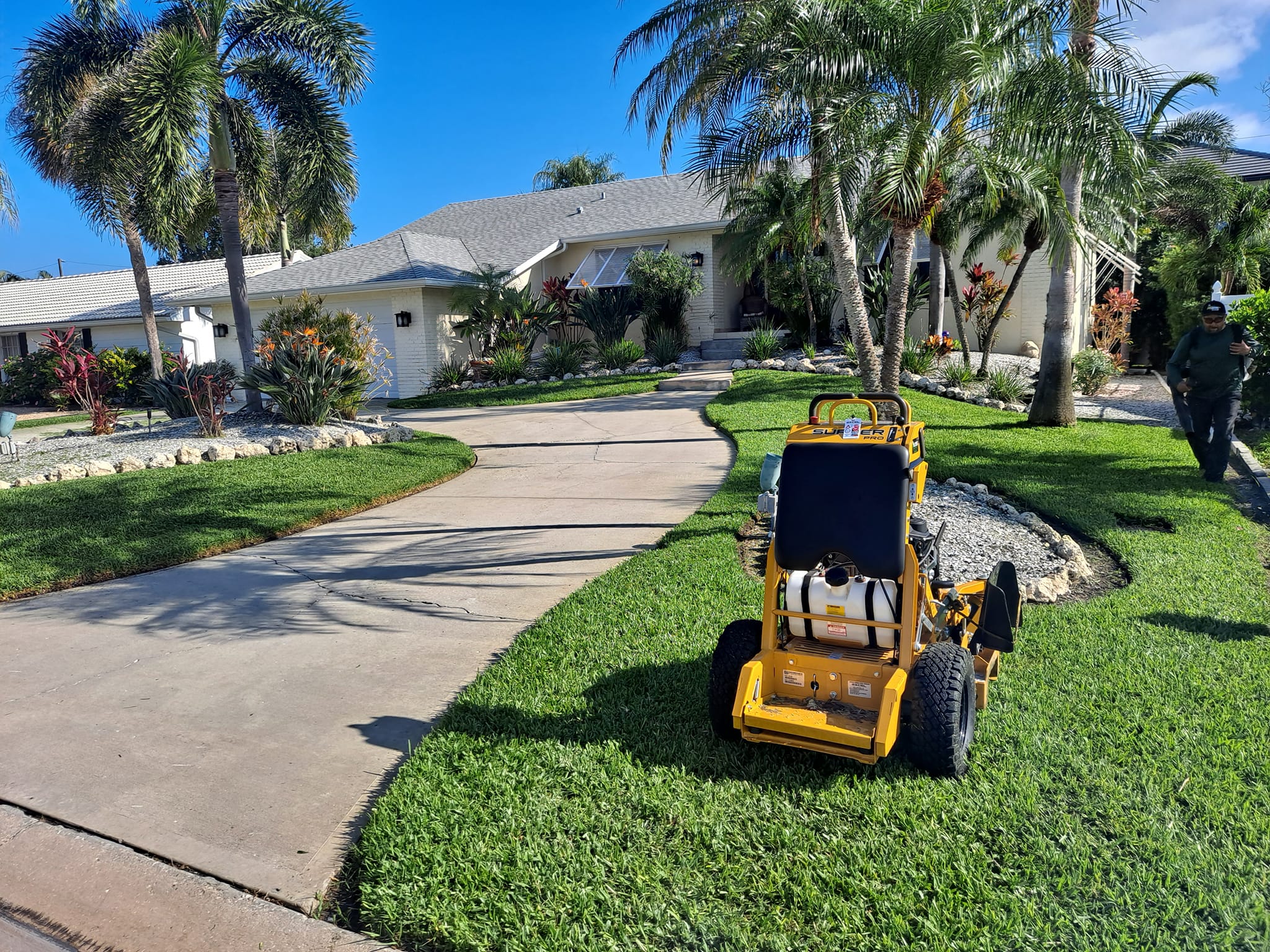
How to Identify and Treat Common Tree Diseases Oct 09, 2025
Trees, much like humans, can suffer from a variety of ailments. Proper identification is the first step towards effective treatment. One prevalent tree disease is anthracnose, chiefly recognized by its effects on shade trees like sycamores and maples. This disease manifests as leaf spots or blotches and can lead to defoliation if left untreated. Regular pruning of affected areas and ensuring trees are not overcrowded can help mitigate this issue. Promoting healthy airflow around foliage is key to discouraging the humidity that anthracnose thrives in.
Dutch Elm Disease is another notorious tree ailment, impacting American elms extensively. It is a vascular wilt disease transmitted by elm bark beetles. Symptoms include wilting leaves which quickly turn yellow and brown. To manage this disease, immediate removal of infected trees is necessary, and tree injections can help fend off initial infections.
Emerging in many regions is the threat of Emerald Ash Borer, a pest rather than a disease but one that causes significant damage by killing ash trees. Identifying signs such as dieback in the crown of the tree, splits in the bark, and increased woodpecker activity can help curb its spread. Infected trees should be treated with approved insecticides, and regular monitoring is crucial.
Leaf blight is another widespread problem impacting various types of trees. This disease is often indicated by brownish spots on leaves that can coalesce, causing extensive browning and killing the leaves prematurely. Providing adequate spacing when planting and ensuring proper watering techniques can reduce the incidence of leaf blight.
Root rot, as its name suggests, impacts the root system and is a result of overwatering or poor drainage. Trees suffering from root rot exhibit stunted growth, wilting, and dieback of leaves and branches. Ensuring that your trees are planted in well-draining soil and not watered excessively can prevent this condition. Moreover, removing affected trees may be necessary to prevent the pathogen from spreading to nearby healthy trees.
Preventative maintenance is integral in countering these diseases. Routine inspections by professionals, like those offered by Sanchez Tree Service, are invaluable. Such services can include pruning, strategic planting, and ensuring trees receive appropriate nutrients and pest control.
Additionally, choosing the right species for the right location can enhance tree resilience to diseases. Opting for disease-resistant tree varieties, particularly when replanting, can offer long-term benefits. Creating a sustainable tree health plan that includes regular check-ups and strategic interventions will promote robust and long-lasting trees.
In conclusion, understanding how to identify and treat common tree diseases is crucial for maintaining healthy trees. With effective strategies and timely interventions, these problems can be controlled and even prevented. Whether through do-it-yourself methods or professional services from experts like Sanchez Tree Service, preserving tree health ensures that our green companions continue to enrich our environment for years to come. Regular vigilance and proactive measures are the cornerstones of thriving arboreal landscapes.
/filters:no_upscale()/filters:format(webp)/media/d9ced198-68c7-48b5-9be3-17fa7de63d03.jpeg)
/filters:no_upscale()/filters:format(webp)/media/8a2a3337-2e9e-4112-af4f-bd5164f5ccd5.jpeg)